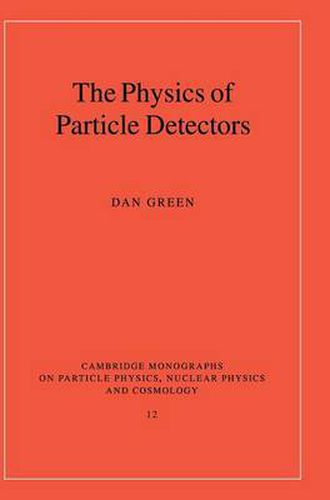Readings Newsletter
Become a Readings Member to make your shopping experience even easier.
Sign in or sign up for free!
You’re not far away from qualifying for FREE standard shipping within Australia
You’ve qualified for FREE standard shipping within Australia
The cart is loading…






This text provides a comprehensive introduction to the physical principles and design of particle detectors, covering all major detector types in use today. The book begins with a reprise of the size and energy scales involved in different physical processes. It then considers non-destructive methods, including the photoelectric effect, photomultipliers, scintillators, Cerenkov and transition radiation, scattering and ionisation and the use of magnetic fields in drift and wire chambers. A complete chapter is devoted to silicon detectors. In the final part of the book, the author discusses destructive measurement techniques including Thompson and Compton scattering, Bremsstrahlung and calorimetry. Throughout the book, emphasis is placed on explaining the physical principles on which detection is based, and showing, by considering appropriate examples, how those principles are best utilised in real detectors. This approach also reveals the limitations that are intrinsic to different devices. Exercises and detailed further reading lists are included.
$9.00 standard shipping within Australia
FREE standard shipping within Australia for orders over $100.00
Express & International shipping calculated at checkout
This text provides a comprehensive introduction to the physical principles and design of particle detectors, covering all major detector types in use today. The book begins with a reprise of the size and energy scales involved in different physical processes. It then considers non-destructive methods, including the photoelectric effect, photomultipliers, scintillators, Cerenkov and transition radiation, scattering and ionisation and the use of magnetic fields in drift and wire chambers. A complete chapter is devoted to silicon detectors. In the final part of the book, the author discusses destructive measurement techniques including Thompson and Compton scattering, Bremsstrahlung and calorimetry. Throughout the book, emphasis is placed on explaining the physical principles on which detection is based, and showing, by considering appropriate examples, how those principles are best utilised in real detectors. This approach also reveals the limitations that are intrinsic to different devices. Exercises and detailed further reading lists are included.